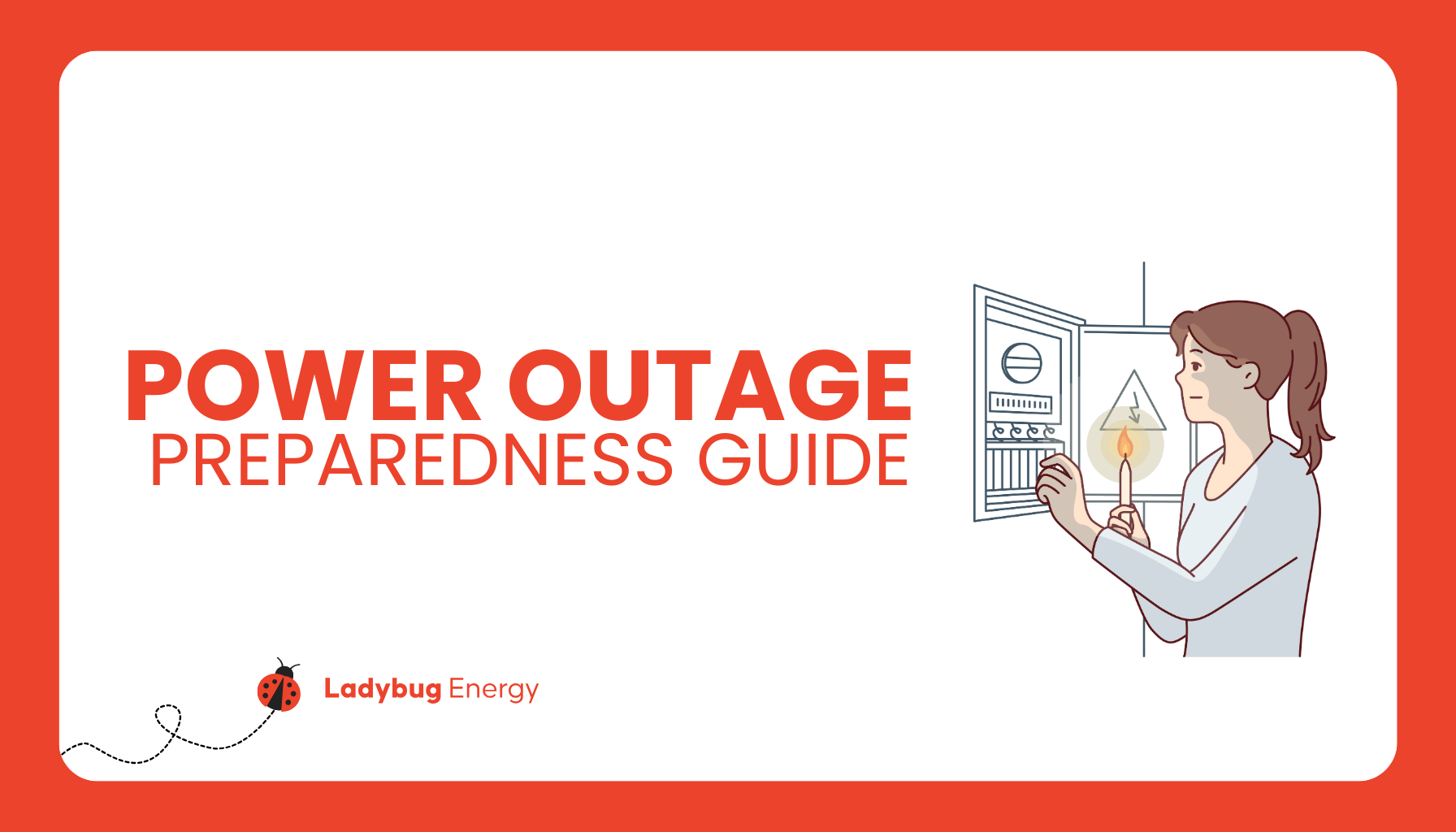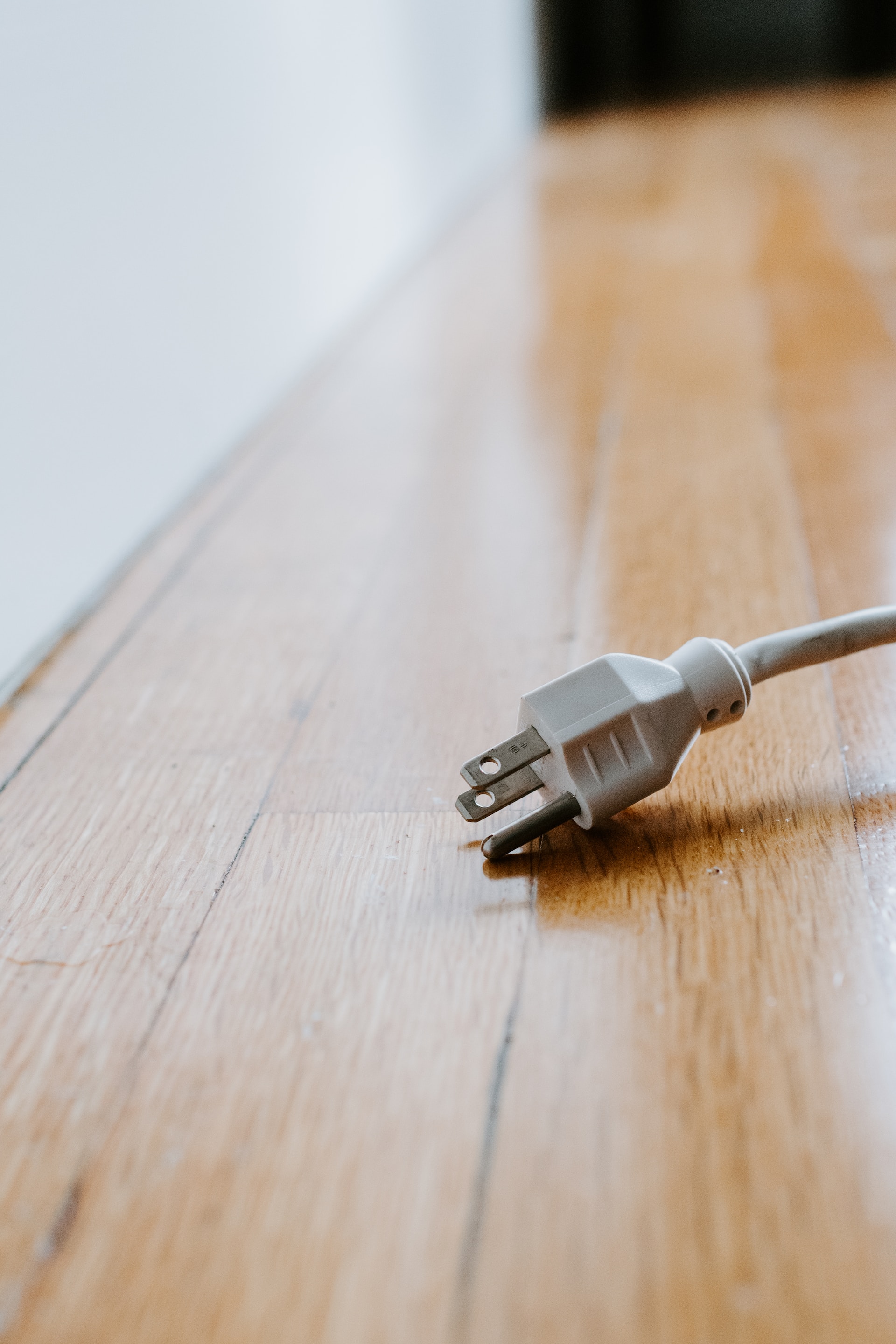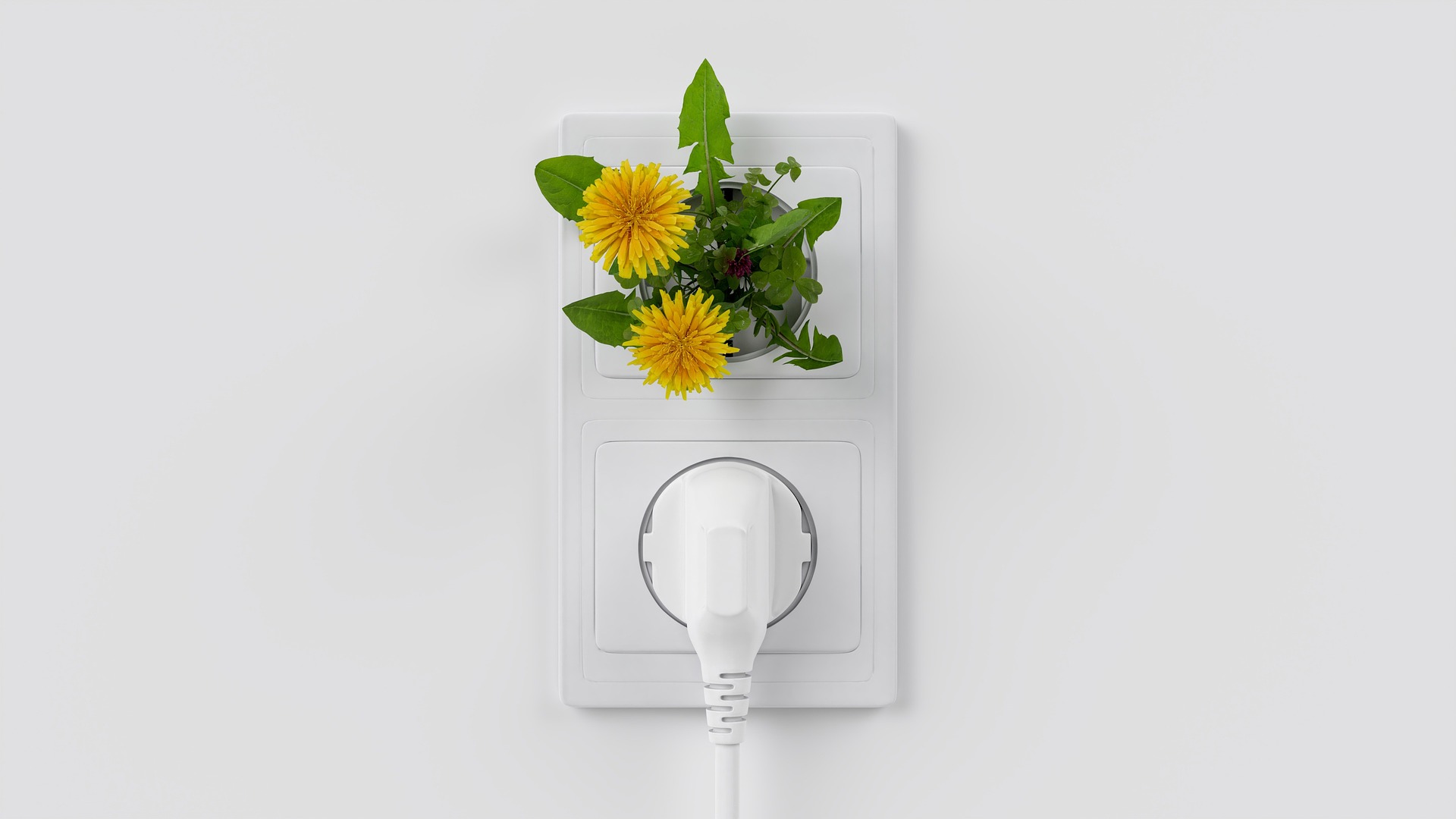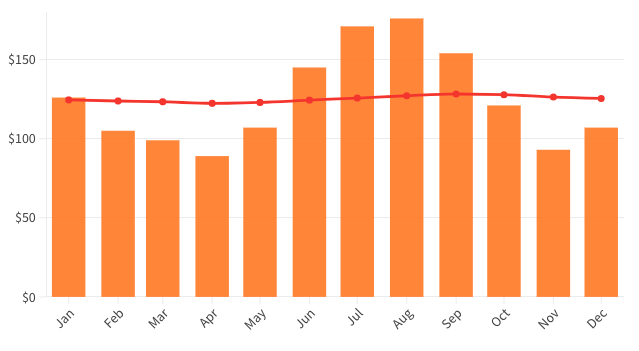
No AC? No Problem: How to Stay Cool During a Heatwave Without Air Conditioning
Summer in Texas is no joke — and when a heatwave strikes, it can quickly go from uncomfortable to dangerous. With rising temperatures becoming more frequent and intense, access to air conditioning isn’t just a luxury; for many, it’s a vital part of staying safe. But what happens when your AC breaks down, you lose power, or you simply can’t afford to run it 24/7?
According to the U.S. Environmental Protection Agency, urban heat islands and extreme weather are driving more intense heatwaves each year, disproportionately affecting people in older homes, low-income neighborhoods, and communities of color. The combination of high temperatures and limited cooling options can result in dehydration, heat exhaustion, and even life-threatening heat stroke.
In this guide, we’ll show you how to stay cool during a heatwave even if you don’t have access to air conditioning — whether because of a power outage, system failure, or the skyrocketing cost of electricity. You’ll find practical, low-cost (or no-cost) solutions focused on hydration, airflow, shade, and body-cooling techniques — all backed by real science and smart energy practices.
This information could make all the difference during an emergency, so bookmark it, share it, and consider it your heatwave survival kit.
Hydration: Your First Line of Defense
When the heat hits hard, the first thing your body needs is water — lots of it. During a heatwave, your body sweats more in an effort to cool down, which means you're losing fluids at a faster rate than usual. Staying properly hydrated is one of the most important things you can do to prevent heat-related illness.
According to the Centers for Disease Control and Prevention (CDC), adults should aim to drink at least 8 ounces of water every 15 to 20 minutes during extreme heat, even if they’re not thirsty. Waiting until you feel thirsty can already be a sign of dehydration — especially in children and older adults.
Here are a few smart hydration strategies:
- Water is best, but don't ignore electrolytes. If you’ve been sweating for an extended period, your body also loses sodium and potassium. Drinks like coconut water, electrolyte powders, or sports drinks (in moderation) can help restore balance. Avoid those high in added sugar, which can dehydrate you further.
- Eat your water. Foods with high water content — like cucumbers, oranges, watermelon, and strawberries — are excellent complements to drinking fluids. They also offer vitamins and fiber to keep your body functioning at its best.
- Skip the dehydrators. Avoid alcohol, energy drinks, and too much caffeine, as these can increase fluid loss. Stick to cool, non-alcoholic, and non-caffeinated beverages as much as possible.
- Create a hydration routine. Fill reusable bottles and keep them in multiple places — your kitchen, bedroom, work area — as visual reminders to drink. You can also set alarms on your phone or use hydration tracking apps.
Dehydration isn’t just about being thirsty. It can lead to dizziness, fatigue, and in severe cases, confusion and unconsciousness. During a heatwave, water is more than a beverage — it’s a frontline defense against the heat.
Airflow Management: Creating Breezes Without AC
When the AC is out or turned off to save on costs, the right airflow strategies can turn stifling indoor heat into tolerable — even refreshing — conditions. Creating movement in the air helps your body cool itself through evaporation, which is why even a simple fan can make a huge difference.
Here’s how to make the most of airflow during a heatwave:
- Master cross-ventilation. Open windows on opposite sides of your home to let fresh air flow through. Use box or oscillating fans near the windows to help push hot air out and pull cooler air in. This works best in the early morning and late evening when outdoor temps drop.
- Use fans wisely. Point box fans outward in one window to exhaust hot air, and place another fan inward on the opposite side of the house to pull cooler air in. Ceiling fans should spin counterclockwise in the summer to push cooler air down.
- DIY cooling hack: Place a shallow bowl of ice or frozen water bottles in front of a fan. As the ice melts, the fan will blow chilled air into the room — a temporary but effective cooling trick.
- Time your window openings. During the hottest part of the day (usually 12 PM–6 PM), keep windows, blinds, and doors closed to trap cooler morning air inside. After sunset, open windows again to let heat escape and cool air flow in.
- Wet curtains or sheets. Hanging a damp, lightweight sheet in front of an open window can cool incoming air through evaporation. Just be sure to wring it out well to avoid water damage to window sills or flooring.
These airflow techniques are especially useful when paired with shading strategies (which we’ll cover next). Even without AC, using the natural properties of air movement and evaporation can dramatically reduce perceived temperature indoors — sometimes by several degrees.
Shade and Sun Control: Block the Heat at the Source
Keeping heat out of your home in the first place is often more effective than trying to cool it down afterward. Direct sunlight can raise indoor temperatures by 10°F or more, especially in rooms with large or south-facing windows. By blocking the sun’s rays and insulating your living space, you reduce the burden on any cooling methods you’re using — with or without AC.
Try these sun-blocking strategies to keep your space cooler:
- Use blackout curtains or thermal drapes. These are designed to reflect sunlight and insulate your windows. If you don’t have them, even regular curtains can help — just make sure they’re closed during the hottest part of the day. Light-colored fabrics reflect more sunlight than dark ones.
- DIY reflective barriers. In a pinch, you can tape emergency mylar blankets (also known as space blankets) or aluminum foil to windows that get direct sunlight. Face the shiny side outward to reflect heat away from your home. It may not be pretty, but it’s incredibly effective in an emergency.
- Hang outdoor shade if possible. Shade cloths, tarps, or even bedsheets can be draped over windows or patios to block some of the sunlight before it hits your walls. This reduces heat absorption and keeps indoor temperatures more stable.
- Focus on one room. If resources are limited, turn one interior space into a “cool room.” Choose a room with the least sun exposure and concentrate your shading, airflow, and hydration efforts there.
Reducing solar heat gain is one of the most effective ways to maintain a livable indoor temperature during a heatwave. Combined with airflow management and hydration, sun control creates a protective buffer between you and extreme outdoor conditions.
Cool Your Body, Not Just the Room
When indoor temperatures keep climbing and fans can only do so much, the next best strategy is to focus on cooling yourself directly. This method, often referred to as "personal cooling," is used in survival training and medical heat relief — and it's surprisingly effective.
Here are several smart ways to bring your core temperature down:
- Take cool (not ice-cold) showers. A lukewarm to cool shower helps lower your body temperature without shocking your system. Even a quick rinse can provide relief that lasts for hours. If showers aren’t available, use a damp washcloth on your neck, wrists, feet, and behind the knees — key pulse points where blood vessels are close to the surface.
- Soak your feet or hands in cold water. These areas are rich in blood vessels and help regulate temperature quickly. Fill a small basin with water and ice cubes, and soak for 15–20 minutes while you read, work, or rest.
- Sleep smarter. Use lightweight, breathable cotton sheets and avoid memory foam pillows or mattresses, which retain heat. You can chill your pillowcase or dampen a T-shirt slightly before bedtime. A frozen water bottle wrapped in a towel also makes a great bedtime companion — place it near your feet or hug it close for instant cooling.
- Dress for the heat. Wear loose-fitting, light-colored clothing made from natural fibers like cotton or linen. Avoid tight synthetic fabrics that trap heat and moisture.
- Keep a spray bottle handy. A simple misting bottle filled with cold water can help refresh you throughout the day. Spritz exposed skin and sit in front of a fan for a cooling wind-chill effect.
- Avoid physical exertion during peak heat hours. If you need to move around or do chores, aim for early morning or after 7 PM, when outdoor temps are less extreme.
Remember: your body is your first thermostat. By managing your own temperature through water, airflow, and smart clothing, you can stay cooler even in hot environments. This strategy is especially crucial if you’re experiencing a prolonged AC outage or a power grid failure.
Emergency Tips for Vulnerable Populations
Not everyone handles extreme heat the same way — and for some, the risks are far greater. Children, older adults, individuals with chronic illnesses, and those who rely on electrical medical equipment are especially vulnerable during heatwaves. That’s why it’s critical to have a plan in place for these higher-risk groups when air conditioning isn’t an option.
Here’s how to help protect the most at-risk during extreme heat:
- Designate a “cool room.” Choose the most insulated, shaded room in your home and concentrate all cooling efforts there — fans, blackout curtains, hydration supplies. Keeping one area as cool as possible can be a lifesaver during multi-day heat events.
- Limit movement and encourage rest. Physical exertion causes the body to produce even more heat. For elderly or chronically ill individuals, even light activity can lead to overheating. Help them stay seated or lying down, preferably in a reclined position with airflow.
- Keep emergency contacts on hand. Make a printed list of local non-emergency services like community centers, churches, or senior assistance hotlines. Some cities and counties activate cooling centers during heat emergencies — public libraries, malls, or even school gymnasiums may temporarily offer refuge.
- Stay in touch. If you know someone who lives alone — especially an older neighbor or relative — check on them multiple times a day. A phone call or text can go a long way, and in some cases, may save a life.
- Use battery-powered or solar-powered cooling devices. Portable fans, misting bottles, and even mini evaporative coolers that run on battery packs or solar panels can provide targeted relief where it's needed most.
- Know the signs of heat illness. Vulnerable individuals may not always recognize symptoms like dizziness, confusion, or nausea as heat-related. It’s important to act quickly if you observe these signs — we’ll cover how to respond in the next section.
If you're a caregiver or part of a household with children or elderly residents, preparing ahead with water, supplies, and shaded space can make a huge difference in a heat emergency. Prevention, communication, and quick response are key.
Recognizing Danger: Heat Exhaustion and Heat Stroke
Even the most prepared person can get overwhelmed by extreme heat — and when your body starts to overheat, recognizing the warning signs early can mean the difference between recovery and a life-threatening emergency.
According to the CDC, heat-related illness occurs in stages, beginning with heat cramps and progressing to heat exhaustion or even heat stroke, the most serious form.
Know the symptoms of heat exhaustion:
- Heavy sweating
- Weakness or fatigue
- Dizziness or lightheadedness
- Nausea or vomiting
- Headache
- Muscle cramps
- Cool, pale, clammy skin
If you or someone else is experiencing these symptoms:
- Move to a shaded or air-conditioned area if possible
- Loosen or remove tight clothing
- Apply cool, damp cloths or take a cool shower
- Sip water or an electrolyte drink slowly
Heat stroke is a medical emergency. Signs include:
- Body temperature of 103°F (39.4°C) or higher
- Hot, red, dry or damp skin
- Rapid pulse
- Confusion or altered mental state
- Loss of consciousness
- Seizures
If you suspect heat stroke:
- Call 911 immediately
- Move the person to a cooler environment
- Do not give fluids if the person is unconscious or disoriented
- Apply ice packs to the neck, armpits, and groin
- Fan them while cooling with damp cloths or water
Heat stroke can be fatal if not treated quickly. Don’t hesitate to act — better to overreact than underreact. And always remember, the body can go from heat exhaustion to heat stroke rapidly, especially in children and the elderly.
Low-Cost Cooling Alternatives You Can Try
When central air conditioning isn’t available or is too costly to run constantly, there are still affordable options that can help bring the temperature down — especially when combined with the hydration, airflow, and shading strategies we've already discussed.
Here are some budget-friendly ways to cool your home and yourself:
- Use portable or window AC units selectively. If you can invest in a small unit, install it in your designated “cool room” and run it only during peak heat hours. Look for Energy Star-certified models, which consume less electricity. You can find high-efficiency models that cost as little as $150–$250.
- Evaporative (swamp) coolers. These devices use water to cool the air and work best in dry climates. They use far less energy than traditional AC and can be bought in compact, portable versions ideal for a bedroom or small living space.
- Battery-powered fans and coolers. In areas prone to outages, battery-operated or USB-rechargeable fans can provide personal cooling when the grid goes down. Combine them with misting sprays or ice packs for a powerful effect.
- Reflective window films. A one-time installation of reflective or tinted film on your sunniest windows can block up to 80% of solar heat. These are inexpensive, easy to apply, and don’t require special tools.
- Solar-powered solutions. Solar fans or even small solar panels that charge portable batteries can help you stay cool during the day — especially useful during rolling blackouts or in rural areas.
- State and community energy assistance programs. Texas residents can explore options like the Low Income Home Energy Assistance Program (LIHEAP), which may offer utility bill support or help with purchasing energy-efficient appliances. Local nonprofits and religious organizations often provide fans, window units, or utility relief during summer months.
If you’re struggling with high electric bills, you may also want to explore alternative electricity plans with lower rates or fixed pricing. On our site, you can enter your zip code to compare providers and find a plan that helps reduce long-term cooling costs.
Staying cool without air conditioning during a heatwave isn't easy — but with smart strategies, a little preparation, and some resourcefulness, it’s absolutely possible. From managing airflow to controlling sun exposure and staying properly hydrated, these tactics can help protect you and your loved ones when the temperature soars.
Whether you're facing a short-term outage or long-term cost concerns, the key is to act early and stay informed. Share these tips, check in on others, and remember: comfort is good, but survival is non-negotiable. Stay safe, stay cool — and plan ahead.

July 4, 2025
Energy Independence Starts at Home: 4 Ways to Declare Your Personal Freedom from High Bills This Fourth of July

June 20, 2025
How Smart Home Security Systems Affect Your Energy Usage

June 13, 2025
The Smart Texan’s Guide to Beating the Heat: Budget-Friendly Home Upgrades

June 3, 2025
Hurricane Season in Texas: How to Prepare for Power Outages

May 27, 2025
Battery Storage at Home: Are They Worth It?

May 23, 2025
Record May Heat in Texas 2025: What It Means for Your Summer Energy Bills

May 20, 2025
The Rising Popularity of EVs: What It Means for Your Electric Bill

May 16, 2025
Beat the Texas Heat: Summer AC Hacks That Save Money

April 17, 2025
The Truth About Phantom Loads: How Standby Power Is Draining Your Wallet

April 4, 2025
How to Perform a DIY Home Energy Audit and Cut Your Utility Bills

March 31, 2025
Smart Tips to Lower Your Electricity Bill

March 18, 2025
Green Energy 101: Decoding Renewable Electricity Plans

March 14, 2025
Upgrading to a Smart Thermostat: Why You Should Do it and What You Need to Know

February 24, 2025
Power Play: A Step-by-Step Guide to Estimating Your Home's Electricity Usage

February 3, 2025
How Weather Impacts Energy Prices: Understanding the Connection

January 22, 2025
The Datacenter Boom in Texas: Impact on Consumers and Energy Markets

January 21, 2025
How to Lower Your Electricity Bills and Save Big

January 17, 2025
Everything you need to know about Texas Retail Electric Providers (REPs)

December 23, 2024
10 Common Energy and Electricity Myths Debunked

December 18, 2024
How the Texas Electric Grid Works: Key Differences and Insights

December 13, 2024
Smart Plugs Explained: The Ultimate Guide

December 4, 2024
Winter Energy Savings: Tips to Lower Your Electricity Bill

November 27, 2024
Your Power To Choose: Setting Up Electricity Service and Switching Providers in Texas

September 24, 2024
Understanding Electricity Deposits: Why They Exist and How to Avoid Them

August 15, 2024
Surviving the Texas Heat Waves: Power Grids and Staying Cool

February 26, 2024
Power Outage Preparedness: A Complete Guide

February 9, 2024
Three Years After Uri: How Texans Can Help Prevent Future Power Outages

January 11, 2024
Best Energy Saving Devices for Your Home: From Smart Tech to LED Bulbs

November 28, 2023
How to Read an Electricity Facts Label (EFL)

September 12, 2023
How Long Can a Landlord Leave You Without Electricity: What Tenants and Landlords Need to Know

August 21, 2023
Childproofing Electricity: A Parent's Guide to Safeguarding Kids from Electrical Dangers

July 19, 2023
Does Closing Off Rooms Save Heat? An Energy Efficiency Discussion

July 19, 2023